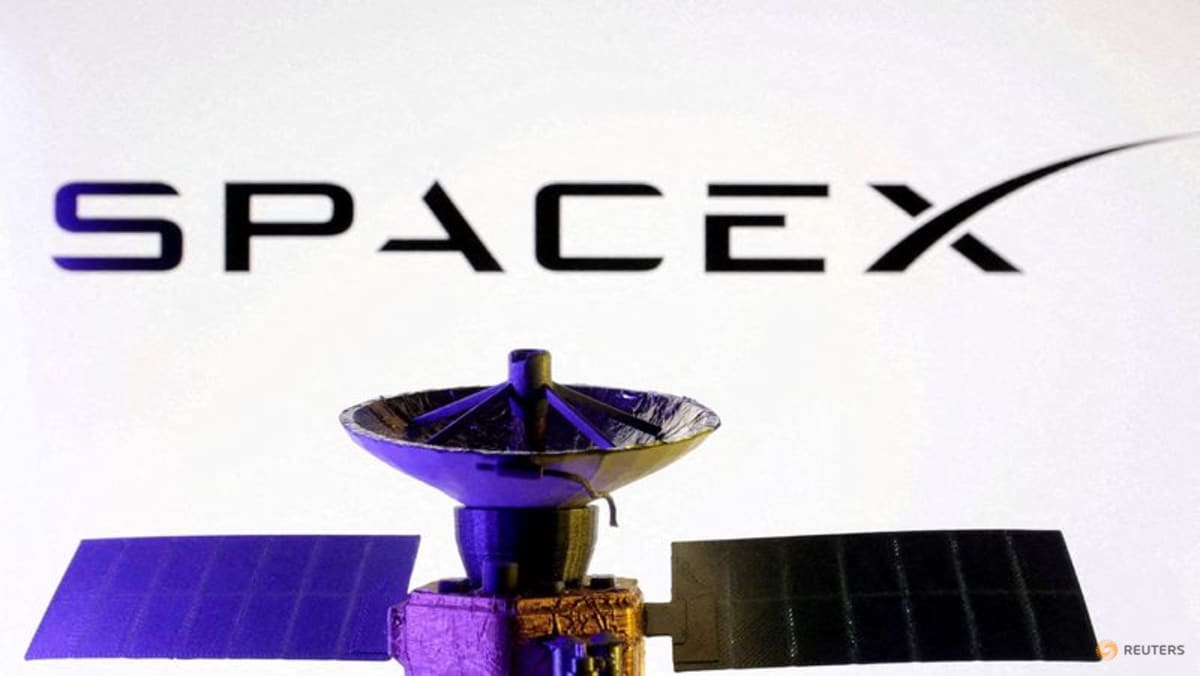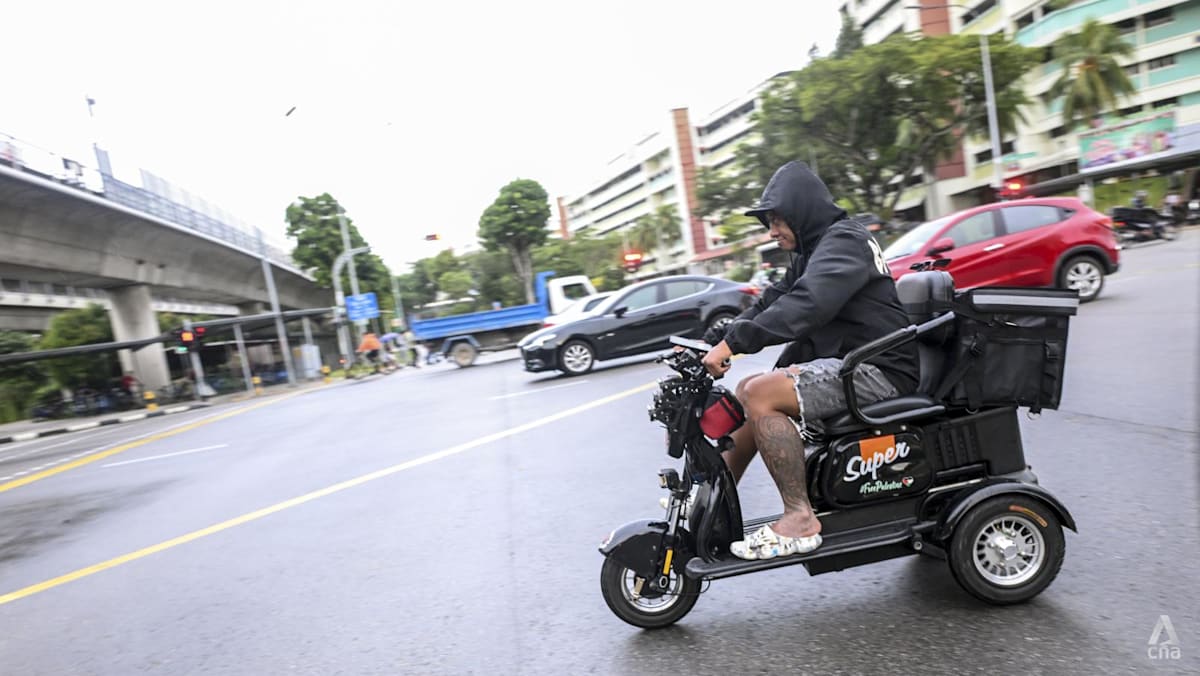AI is no longer confined to IT departments. Employees are experimenting with generative tools, customers are using AI in daily life and boards are demanding answers. For CEOs, the pressure to “go AI-first” has never been greater. But scattering resources across multiple initiatives with no clear end game rarely delivers results.
“The best outcomes happen when executives recognise that AI transformation is a business transformation,” said Mr Aadarsh Baijal, senior partner at management consulting firm Bain & Company. “They anchor adoption in concrete goals, such as lowering supply chain costs or speeding up product launches. What doesn’t work is saying, ‘Here’s a tool, let’s see what we can do with it’.”
This approach underpins Bain & Company’s new report, The Southeast Asia CEO’s Guide to AI Transformation. Drawing on multi-year AI journeys of companies across the region, it distils six lessons for navigating disruption. These include focusing on fewer but bigger AI investments, measuring speed instead of productivity as return on investment (ROI) and investing in data as a strategic asset.
FROM EXPERIMENTATION TO TRANSFORMATION
In recent years, the wait-and-see attitude towards AI has given way to a sense of urgency. Yet many business leaders still struggle to discern between hype and genuine capability, Mr Baijal noted. “Generative AI grabbed headlines and now, agentic AI is arriving before people even understand the first wave. That pace of change makes it hard to know what really creates value.”
 Mr Aadarsh Baijal, senior partner at Bain & Company, emphasises that AI transformation must be anchored in business goals.
Mr Aadarsh Baijal, senior partner at Bain & Company, emphasises that AI transformation must be anchored in business goals.
A common misstep is chasing too many use cases at once. The companies pulling ahead are those that pick their battles and focus resources on specific domains where AI can truly shift competitiveness. To illustrate this, Mr Baijal pointed to two contrasting approaches. One commodity trading company that Bain & Company worked with recognised early on that it did not need to be a pioneer, but a fast follower – applying proven solutions in an accelerated way. Another company, by contrast, saw AI as fundamentally reshaping its business and mobilised 80 per cent of its teams to explore use cases.
“Both paths can succeed – but only if companies are clear on their ambition from the start,” Mr Baijal emphasised. “Once you have that clarity, it becomes easier to set the right strategy and see it through. Without it, it’s easy to get lost in experimentation.”
WHY SPEED IS THE NEW ROI
For many CEOs, AI is still framed as a productivity tool – a way to streamline teams or cut costs. But Mr Baijal said that lens is too narrow. “The real value of AI is velocity,” he explained. “It helps companies move faster by testing ideas, spotting trends, closing sales and improving customer responsiveness. These gains in speed should be seen as the ROI.”
He outlined a case where Bain & Company helped a global life sciences company redesign its regulatory filing process using AI. The result: a reduction in time-to-market for new products and 80 per cent faster engagement with regulators.
And while the impact on performance can be significant, Mr Baijal cautioned against a prevailing misconception that AI is simply about saving headcount. “What you gain is the capacity to grow faster. With this capacity, you can drive growth with your current teams – your people will just be doing more valuable work.”
BREAK THE DATA BOTTLENECK
Speed alone is not enough. To move fast – and sustain that advantage – companies need strong foundations. In Southeast Asia, that means tackling data, which is both a hurdle and an opportunity.
Across the region, markets are fragmented, with different systems, languages and regulatory rules. This means clean, consistent data is hard to come by. Yet this challenge also creates potential, said Mr Baijal. “Southeast Asia has one of the world’s most digitally engaged populations. From a consumer lens, there’s more appetite to experiment and adopt new tools than almost anywhere else.”
He cited a healthcare company in the Philippines that had a large amount of untapped industry sales data across provinces. “We worked with them to consolidate the data and run it through an AI tool. Now, its sales teams have access to real-time insights on performance and competitors, enabling sharper decisions and faster growth,” he said.
Even companies still in the wait-and-see mode should start building proprietary data. “Technology will keep advancing, but your data only becomes an asset if you actively build it into a foundation for AI,” Mr Baijal added.
PEOPLE REMAIN AT THE CENTRE OF CHANGE
While data and technology are essential, Mr Baijal stressed that AI transformation ultimately hinges on people. Bain & Company’s report highlights two pillars they call The Lab and The Crowd. The Lab reinvents priority processes – such as procurement or project delivery – with new AI-enabled solutions. The Crowd, on the other hand, is about scale: raising AI fluency across the organisation so that employees can use tools responsibly and spot opportunities themselves.
“You already have the talent you need,” said Mr Baijal. “The challenge is activating it. CEOs must create a learning mindset across the organisation – engaging directly with the technology, exploring capabilities and constraints, and applying it to the business context.”
That means CEOs need to lead the conversation. “You can’t just hand it off to your chief technology officer,” he added. “Too often, tech transformations start with, ‘Let’s take this technology and see how it might apply’. The better place to start is with the business lens: What are my top business priorities to drive growth and performance, and how can AI supercharge my agenda?”
AI transformation isn’t a technology race – it’s a leadership opportunity. The CEOs who succeed will treat data as a strategic asset, empower their people as drivers of change and make speed their new advantage. For Southeast Asia’s CEOs, the moment to act is now – because in the age of AI, those who hesitate risk being left behind.
Don’t just experiment with AI. Lead with it. Download Bain & Company’s The Southeast Asia CEO’s Guide to AI Transformation to learn more.


















































